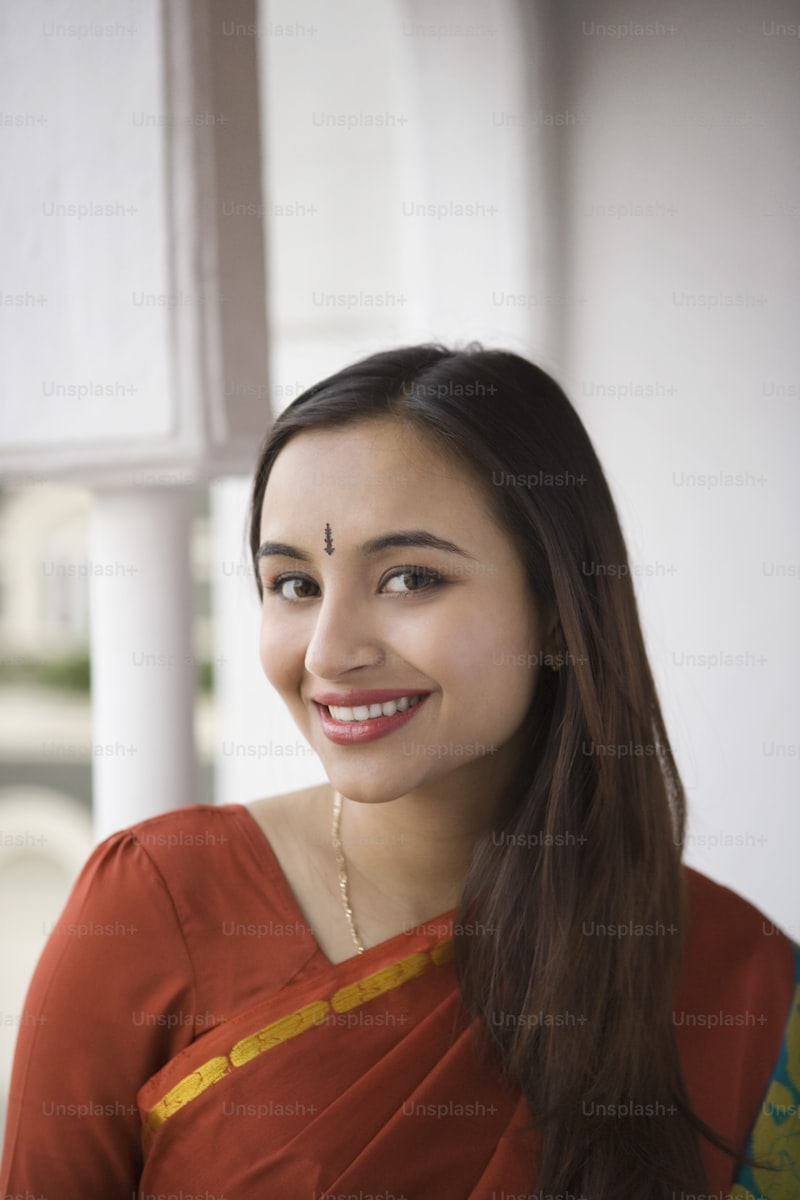Cultural Significance of Wedding Adornments: A Global Perspective
Weddings are cherished ceremonies that vary significantly across cultures, reflecting the values, traditions, and beliefs of different societies. One of the most captivating aspects of these celebrations is the accompaniment of wedding adornments. These items hold cultural significance that transcends mere aesthetics. In this article, we will explore the diverse meanings and importance of wedding adornments from around the world, considering various cultural practices, materials used, and their roles within the ceremonies.
Understanding Wedding Adornments
Wedding adornments include a wide array of items such as jewelry, hairpieces, garments, and accessories that brides and sometimes grooms wear during their wedding ceremonies. These adornments often symbolize love, commitment, and the union between two individuals. However, their specific meanings can vary greatly depending on cultural context.
The Role of Wedding Adornments Across Cultures
| Culture | Common Adornments | Significance |
| Indian | Gold jewelry, bangles, henna | Gold symbolizes prosperity; henna represents beauty and joy. |
| Chinese | Red dress (qipao), gold accessories | Red symbolizes luck and happiness; gold represents wealth. |
| Middle Eastern | Fine jewelry, traditional attire | Jewelry signifies status and wealth; attire reflects cultural heritage. |
| Western | White gown, diamond engagement ring | White symbolizes purity; diamonds represent eternal love. |
Indian Wedding Adornments: A Fusion of Tradition and Beauty
In India, weddings are grand events filled with rituals and vibrant adornments. Traditionally, brides wear elaborate gold jewelry that includes necklaces, earrings, and bangles. Gold holds significant value as it is considered a symbol of prosperity and success. Additionally, brides adorn their hands and feet with intricate henna designs, which symbolize joy and beauty. The use of colorful fabrics, like silk and brocade, further enhances the bridal look, showcasing cultural significance and artistic expression.

The Chinese Emphasis on Color and Fortune
In Chinese culture, red is a dominant color choice in weddings as it symbolizes happiness, good fortune, and prosperity. The bride often wears a traditional red dress called qipao, accompanied by intricate gold jewelry. Jewelry serves not only as a decorative element but also represents wealth and status within the family. Additionally, auspicious symbols, such as dragons and phoenixes, are frequently incorporated into the adornments, emphasizing marital harmony and fertility.
Middle Eastern Wedding Adornments: Opulence and Cultural Heritage
Middle Eastern weddings are characterized by their opulence and detailed traditions. Wedding adornments often include fine jewelry made from gold and precious stones, reflecting the family's wealth and social status. The bride typically wears a stunning gown, often embellished with intricate embroidery and beadwork. These adornments underscore a cultural heritage that values beauty, tradition, and status. Additionally, the use of traditional attire during the ceremony serves to honor past generations and their customs.
Western Traditions and the Symbolism of Simplicity
In Western cultures, the tradition of wearing a white wedding gown has become iconic. The gown symbolizes purity and innocence, often accompanied by a diamond engagement ring, representing eternal love and commitment. However, the modern bride can also choose non-traditional attire or incorporate family heirlooms into her wedding adornments, allowing for personal expression while still respecting cultural norms. Moreover, wedding bands come to signify the promises made during the ceremony, serving as a constant reminder of love and commitment.
Contemporary Trends in Wedding Adornments
In recent years, many cultural traditions have evolved, or new trends have emerged in wedding adornments, allowing for greater individual expression. Brides and grooms worldwide are increasingly opting for personalized adornments, reflecting their unique styles and backgrounds rather than solely adhering to traditional practices. For example, the rise of eco-friendly and sustainable wedding adornments showcases a growing awareness of social and environmental implications associated with jewelry production.
Brides are now more inclined to choose vintage pieces, heirlooms, and handmade adornments that tell a story and add a personal touch to their wedding attire. This shift not only encourages creativity but also fosters a deep appreciation for craftsmanship within communities that specialize in wedding adornments.
FAQs About Wedding Adornments
1. What are some unique adornments from different cultures?
Special adornments include Native American bridal crowns, African beaded jewelry, and Irish lace veils, each reflecting cultural heritage and values.
2. How do modern weddings incorporate traditional adornments?
Modern weddings often blend traditional adornments with contemporary styles, allowing couples to honor their heritage while expressing their unique identities.
3. What is the significance of wearing something old, new, borrowed, and blue?
This tradition symbolizes continuity, optimism, and familial bonds, connecting the bride to her past, present, and future.
Conclusion: Embracing Diversity in Wedding Adornments
Wedding adornments are more than just decorative elements; they carry deep cultural significance that reflects the values and traditions of various societies. As we explored different cultures, it became evident that these adornments symbolize love, status, heritage, and individual expression. As trends evolve, the enduring significance of these items remains, leaving room for both tradition and innovation in wedding celebrations. Ensuring that your wedding adornments align with your cultural values and personal style will not only enhance the aesthetic of your celebration but will also create cherished memories that last a lifetime. It's essential to respect and appreciate the rich tapestry of cultural traditions surrounding wedding adornments, as these diverse practices continue to unite couples and families across the globe.